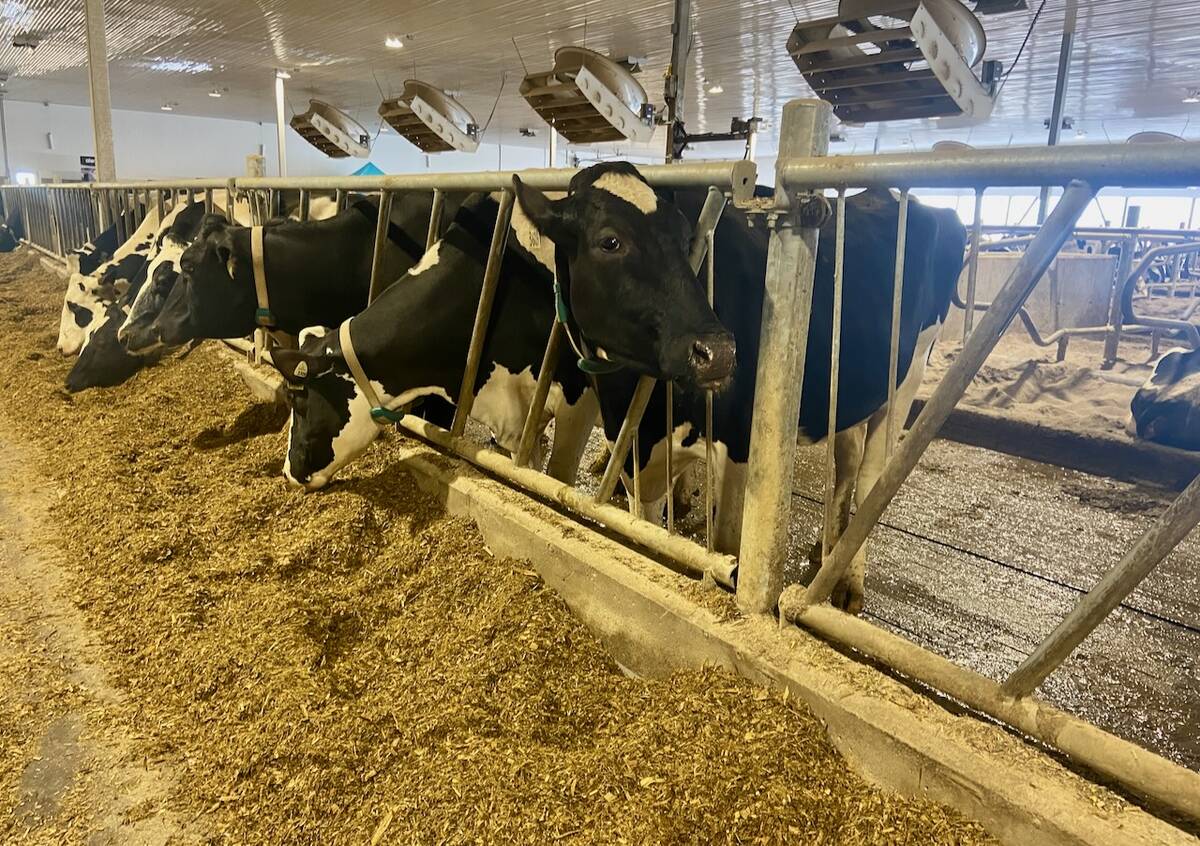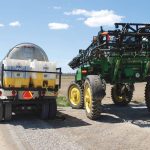RED DEER, Alta. – A simple device attached to the front of a tractor has turned out to be a lifesaver for nesting birds.
The wildlife flushing bar warns birds and fawns to clear out when haymaking equipment is coming. It is provided by Ducks Unlimited to protect vulnerable nesting birds during the spring and was used free of charge by about 80 Alberta farmers this year.
A 1994 study showed that 48 percent of all nesting duck hens were killed by standard hay cutting implements. With the flushing bar attachment many survive because they are warned the machinery is coming, said Ken Schmitt of the Ducks Unlimited office in Red Deer.
Read Also

U.S. farm group supports supply management
U.S. grassroots farm advocacy group pushing new agriculture legislation that would move towards supply management like Canada has for dairy industry
It is an aluminum bar with chains hanging down to the ground. The chains drag along and create enough noise and movement in the grass to scare away wildlife.
Alberta is home to 20 percent of all the ducks surveyed each spring in North America. Since most of their prime nesting spaces are on the Prairies, they are in constant conflict with agriculture. Most of their problems happen when nests are disturbed.
Farmers often dislike having the waterfowl around because they trample and eat cereal crops in the fall. So Ducks Unlimited is pressuring the government to offer 100 percent coverage for wildlife damage, up from the present 80 percent.
“We have to provide more compensation to get farmers to co-operate in preserving habitat and wildlife,” said Schmitt.
Nearly $4.5 million in compensation went to Alberta farmers whose crops were damaged by wildlife in 1996. Most of the damage came from ducks on unharvested grain fields.
Ducks Unlimited works with irrigation districts to manage surplus water and habitat areas and has other programs where farmers agree to delay haying until nests hatch out or avoid draining marshes to preserve habitat.
At a Red Deer site, farmer Don Nicks has agreed to keep his wetlands and allows Ducks Unlimited to monitor the area. He is paid $20 an acre to establish grass cover around the water’s edge.
There is also a shelterbelt nearby where researchers have counted more than 30 species of birds.















